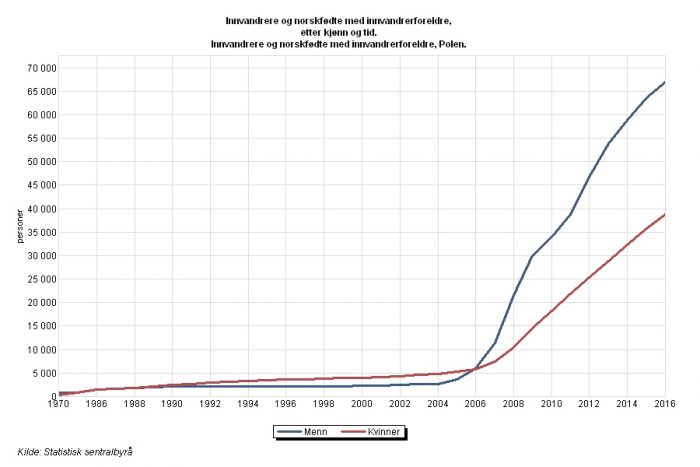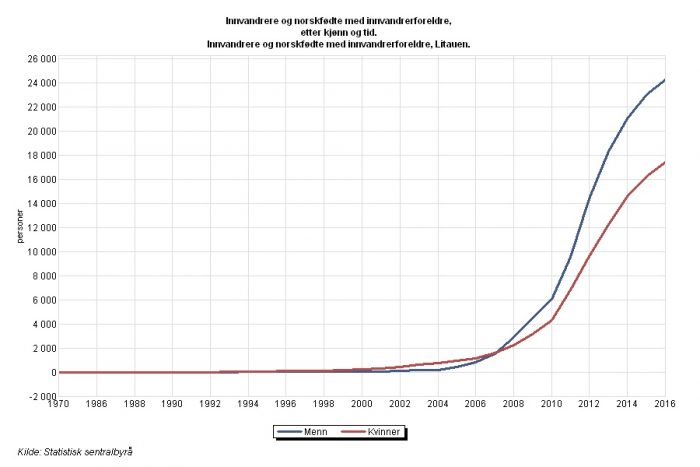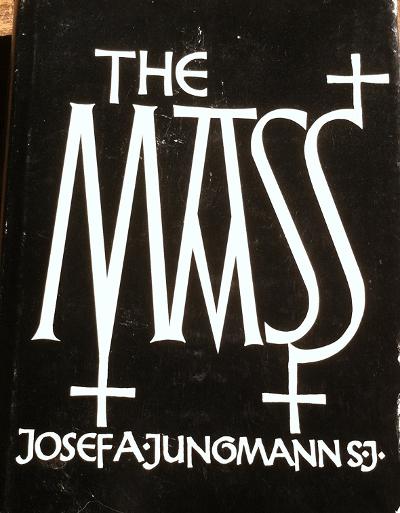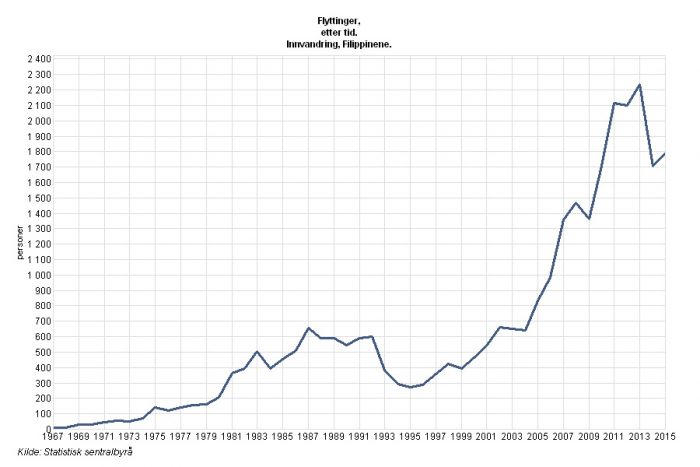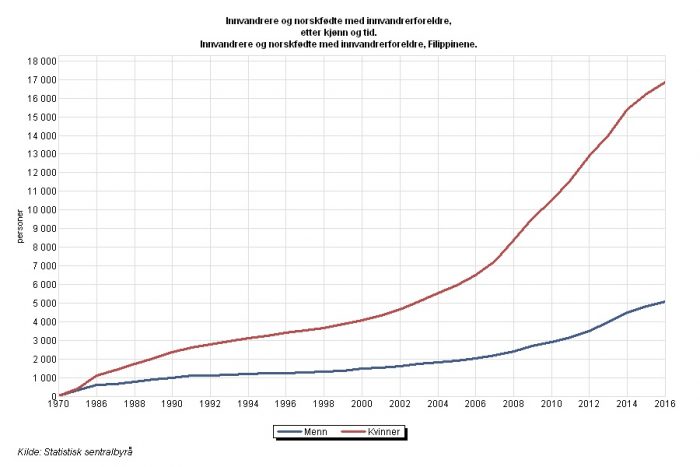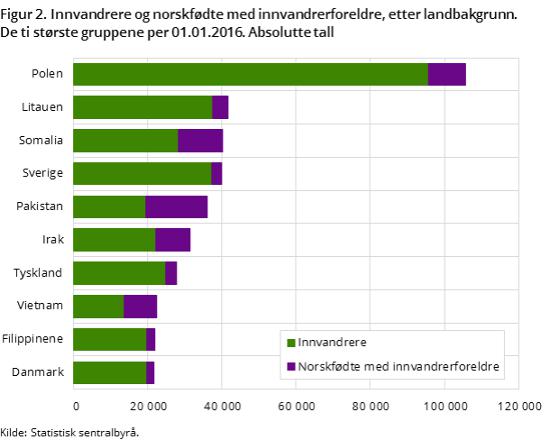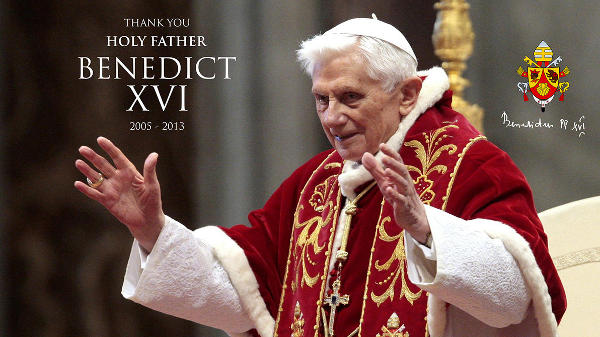… When the American scandals erupted under St. John Paul II, the deniers had control in the Vatican and the reformers were an embattled minority. By the end of Benedict’s papacy, the situation was the exact reverse: The deniers hadn’t gone away, but they’d been driven underground.
While he was still at the Congregation for the Doctrine of the Faith, it was then-Cardinal Joseph Ratzinger who pushed for new rules to weed out abuser priests in the Pope John Paul II years and who wrote those rules into law as pope.
It was also Ratzinger who unleashed his top prosectuor, then-Msgr. Charles Scicluna, on Mexican Fr. Marcial Maciel Degollado despite the cleric’s powerful network of Vatican allies, and who sentenced Maciel to a life of “prayer and penance” in 2006.
Later, Benedict was the first pope to meet with victims of sex abuse, the first pope to apologize for the crisis in his own name, and the first pope to dedicate an entire document to the abuse crisis in his 2010 letter to the Catholics of Ireland.
Benedict laicized almost 400 priests in 2011 and 2012 alone for reasons related to sex abuse, which is almost 1 in every 1,000 Catholic priests in the world flushed out of the system in just two years.
To be sure, there was plenty of work left undone at the end of Benedict’s term, but the broad direction had been set.
Although Pope Francis is rightly celebrated for his humility and simplicity, the truth is that Benedict XVI contributed significantly to the “demystification” of the papal office well before Francis stepped onto the scene.
Here’s an example. Shortly after his election, Francis returned to the Casa del Clero in Rome where he’d been staying prior to the conclave in order to pack his own bag and pay his own bill, an episode that became part of his “man of the people” image.
Yet Benedict did much the same thing 11 years ago, returning to his apartment to pack up and then going around to thank the nuns who lived in the building for being good neighbors. In other words, Benedict was every bit as humble as his successor – arguably, in some ways, more so – even if that wasn’t always clear from his public image.
Benedict also humanized the papacy with his capacity to admit fault and to ask for help.
His 2009 letter to the bishops of the world after the Holocaust-denying traditionalist debacle is one of the most heart-felt, plaintive documents written by a papal hand you’ll ever see, and in it Benedict candidly acknowledged that he and his Vatican team had dropped the ball – not on the substance of the decision, which he defended, but on the way it was handled and communicated.
Finally, of course, there’s the fact that Benedict delivered the single most stunning act of papal humility in at least the last 500 years: His Feb. 11, 2013, decision to resign.
Pope Francis has said that in the wake of that act, resignation has now become an “institution” rather than a historical anomaly. That doesn’t even mean every future papacy will end in resignation, because some no doubt will still die in office, either as a conscious choice or simply by dint of circumstance.
Nevertheless, Benedict clearly answered the question of whether a pope even could resign in relatively normal historical circumstances – in other words, when not facing schism or invading armies – with a resounding “yes,” thereby, in ecclesiological terms, moving the papacy a huge step closer to being reinserted within the College of Bishops.
No doubt, Francis and whoever follows him will continue to build on these precedents. The fact always will remain, however, that the precedents were set by the “Great Reformer.”
